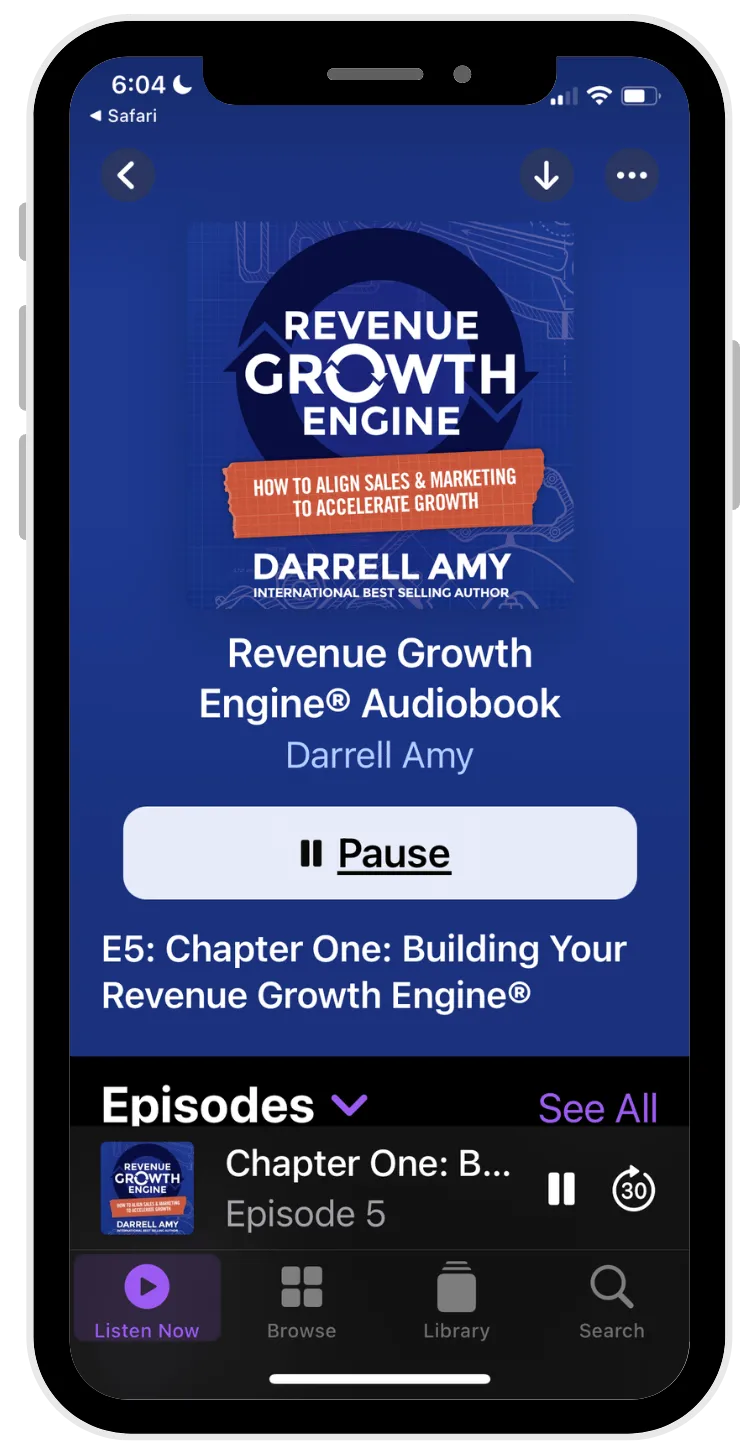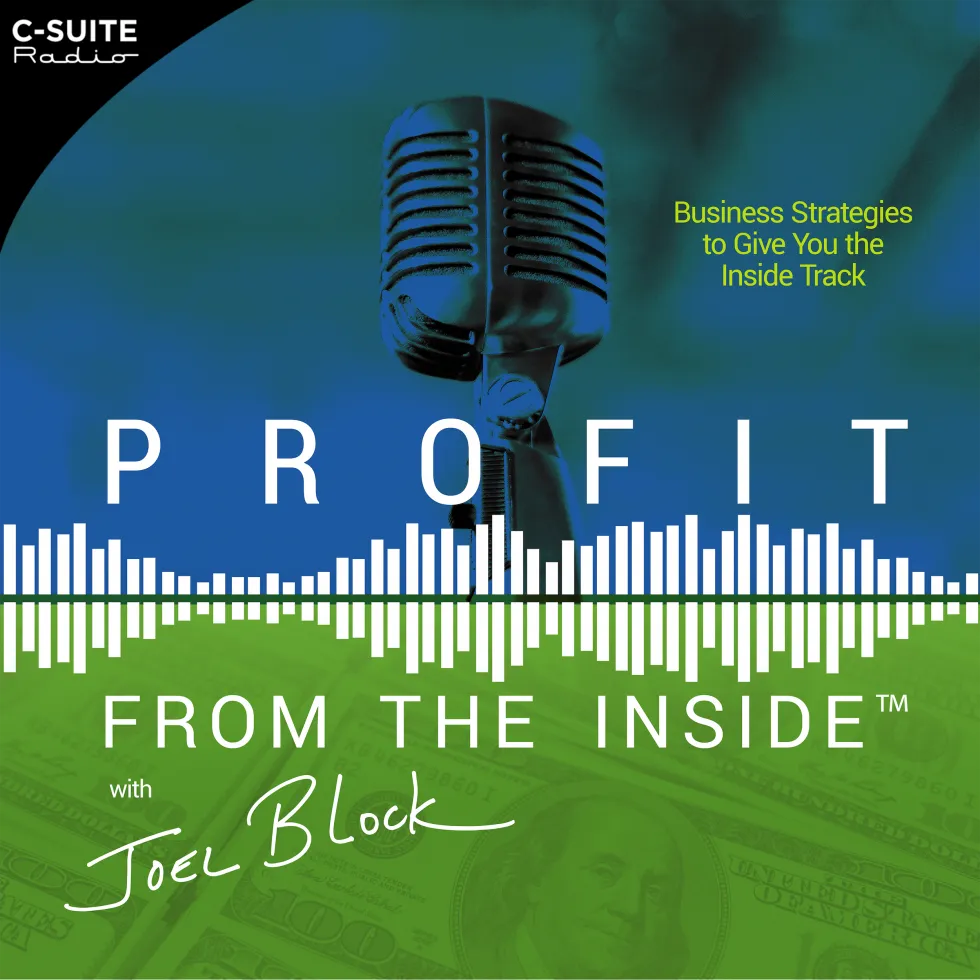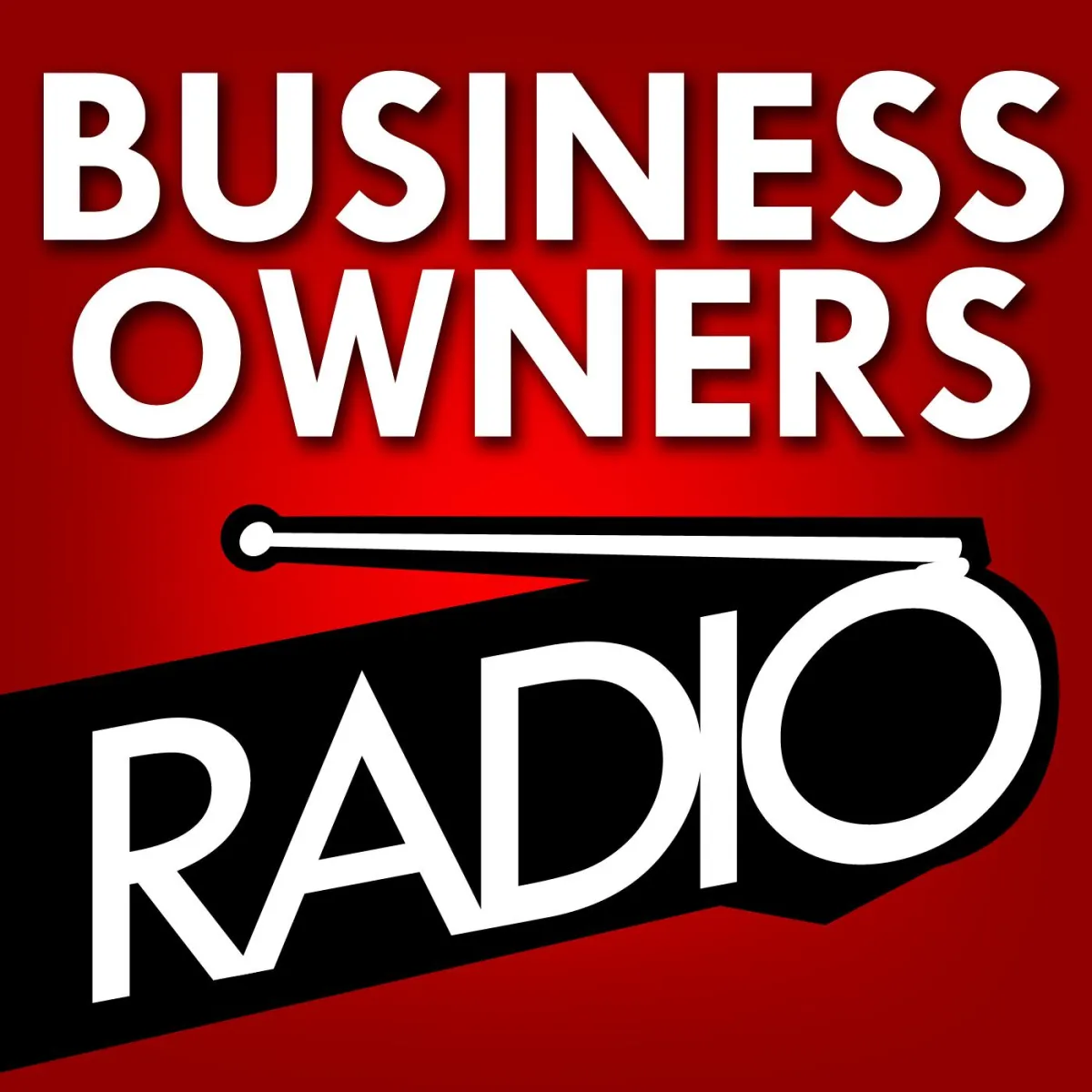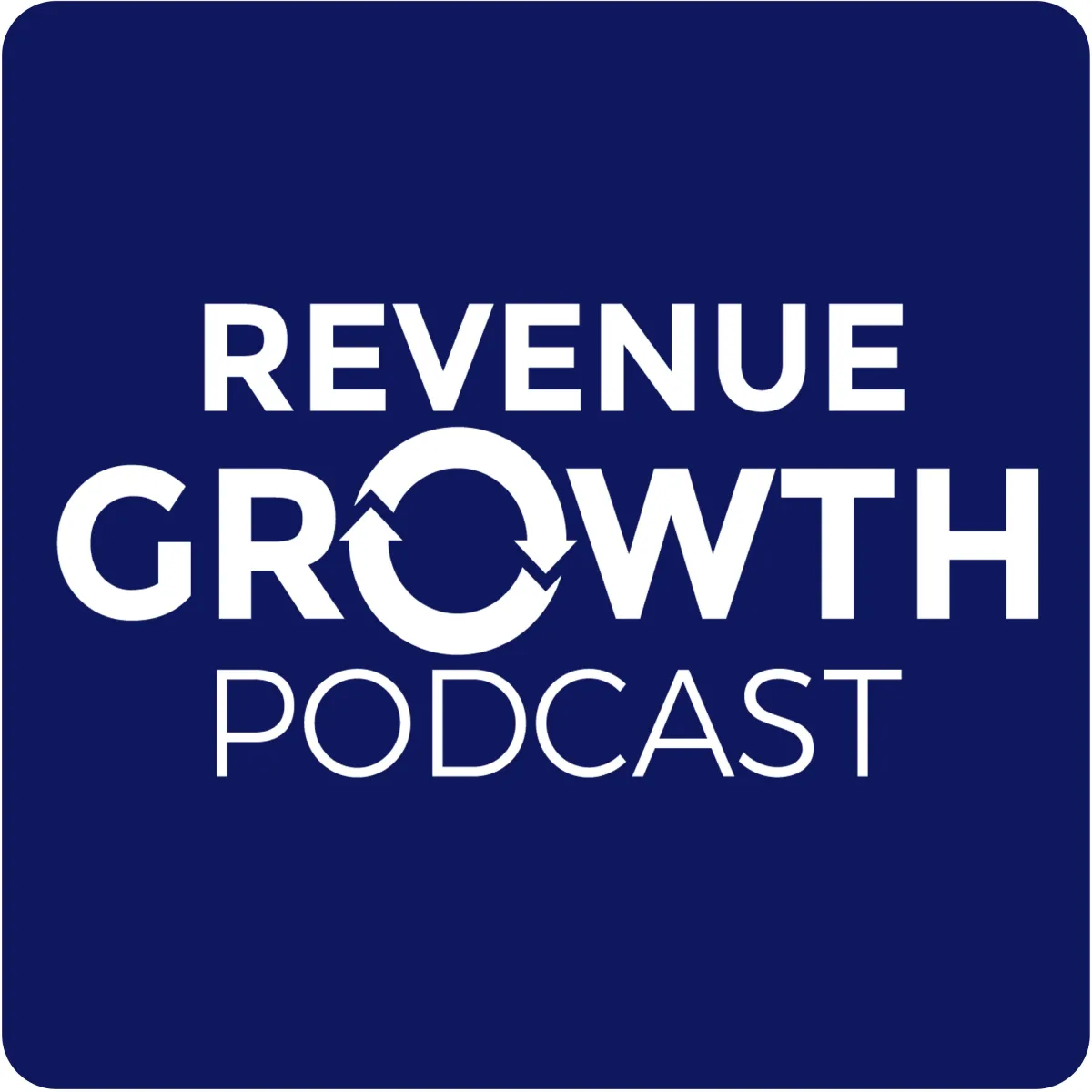Join Darrell Amy for the One Ideal Client Away Challenge,
April 10-14
www.oneidealclientaway.com
VISIONARIES AND INTEGRATORS
DISCOVER HOW TO ACCELERATE GROWTH
Learn how to build a powerful engine to drive exponential revenue growth.



REMOVE
BARRIERS TO GROWTH
Get the six barriers to revenue growth out of the way so you can accelerate.

DESIGN
YOUR ENGINE
2-day Revenue Growth Engine Design Workshop

ACCELERATE
YOUR GROWTH
Mentorship program to implement a high-performance growth engine.

IDENTIFY
YOUR BARRIERS TO GROWTH
If you feel stuck:
Like there is a glass ceiling of revenue that you just can't seem to break through
After working with thousands of entrepreneurs and executives and talking to hundreds of thought leaders I have identified six common barriers to revenue growth.
In a 20-minute conversation we will get straight to the heart of the matter, identifying your top barriers so you can breakthrough to the next level.
Our Ideal Client Profile
These are the types of companies we specialize in serving.
DESCRIPTION
Established companies with sales-teams that want to grow so they can create meaningful jobs and give to great causes.
DATA
Privately-held companies
Track record of generous giving
Part of a peer group or community of excellence.
DECISION MAKERS
Executive
Owner, Founder, President, CEO
Sales and Marketing Leaders
CRO, CSO, CMO,
VP Sales, VP Marketing
Funding Partner
Private Equity, Venture Capital

BUILD
YOUR REVENUE GROWTH ENGINE
Create a Custom Revenue Growth Engine®
Once you are focused on your Ideal Client now it's time to build a more powerful engine to accelerate growth!
In just two focused days you will create an actionable Plan to to generate immediate results that compound over time
A Powerful Revenue Flywheel that creates unstoppable momentum
Intense Focus on the types of clients or customers that can propel your business forward faster
High-Octane Fuel for your engine in the form of a message that gets attention
Scalable Processes for marketing and sales that drive net-new and cross-sell revenue that allow you to grow
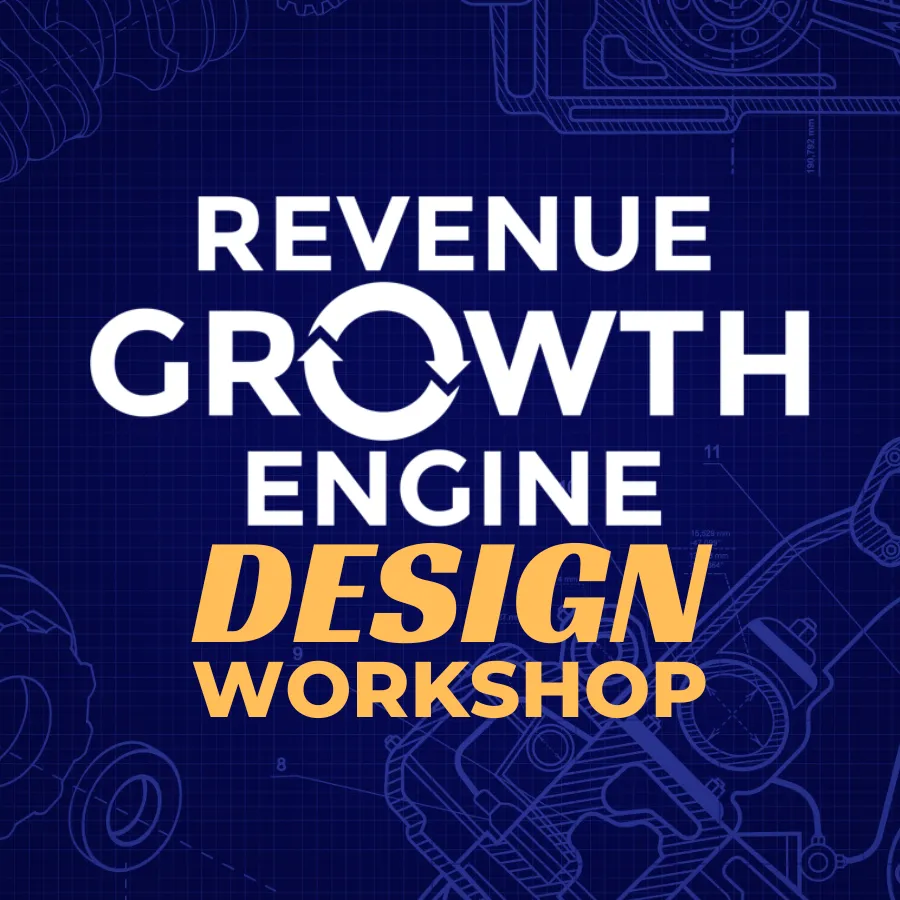

ACCELERATE
YOUR REVENUE GROWTH
Get Your Engine Firing On All Cylinders
Optimize, automate, and document your sales and marketing processes so you can enjoy exponential revenue growth.

If you are a leader at a company with a sales team, schedule your confidential consultation to discover:
The three biggest obstacles to revenue growth and how to remove them.
How other companies are creating Revenue Growth Engines.
Our vision to help purpose-driven companies scale their revenue and impact.
Real World Stories
Hear some real-world stories of companies building their Revenue Growth Engines®.
HOW WE CAN HELP YOU GROW FASTER

REMOVE
BARRIERS TO GROWTH
Get the six barriers to revenue growth out of the way so you can accelerate

DESIGN
YOUR ENGINE
2-day Revenue Growth Engine Design Workshop

ACCELERATE
YOUR GROWTH
Mentorship program to implement a high-performance growth engine
GET TO KNOW
DARRELL AMY
Darrell inspires and equips purpose-driven entrepreneurs to grow revenue so they can give back.
As the co-founder of the non-profit Kingdom Missions Fund, Darrell Amy noticed that the largest donations came from business owners, and he wondered how he could help generous business owners quickly grow revenue so they could give even more.
Darrell’s experience as a leader in sales and marketing has given him a unique perspective on what it takes to grow revenue. Distilling 27 years of experience, Darrell authored Revenue Growth Engine: How To Align Sales & Marketing To Accelerate Growth.
He is a member of the Forbes Business Council and he helps companies maximize growth through sales and marketing alignment. Darrell hosts the Revenue Growth Podcast and co-hosts the Selling From the Heart Podcast. He also volunteers as the executive director of the ManAlive EXPEDITION, an organization that helps men find healing and identity.
When he isn’t helping generous business owners grow their revenue in order to give more, he enjoys the outdoors including sailing, canoeing, and hiking. Darrell, along with his wife Leslie, enjoy spending time with their children and four grandchildren.

My BHAG
Help 10,000 businesses double revenue to generate $10 billion in new giving.
MAKE IT AN ADVENTURE!
TAKE THE ULTIMATE TREK AS YOU GROW YOUR REVENUE

Build your Revenue Growth Engine
Develop Physical Endurance
Trek to Everest Base Camp
Join adventurous entrepreneurs in an epic journey to scale your business as we train to trek to Mount Everest Base Camp!
BLOG
ACCESS OUR LATEST THINKING

The Most Important Goal Every Business Owner Needs To Set
This is the time of year when we set goals for ourselves and our businesses. Business goals often include targets for revenue and profit growth. You may set goals around improving your culture or enhancing customer experience. However, the one goal that rules them all is a goal that many business owners fail to set with clarity and confidence: business valuation.
How much did you grow the value of your business in 2024? If you can answer this question with a specific number, congratulations! You don’t need to read this article. If you cannot answer this question with a specific number, this article may be the most important thing you read today.
Here’s the problem with not setting goals for the value of your business: You miss 100% of the goals you never set.
Without an understanding of the value of your company, you risk being very disappointed when the time comes to sell your business to a new owner or transfer it to the next generation. Since 80% of the wealth of most business owners is wrapped up in their business, this is something you don’t want to get wrong.
It all begins with setting goals for the valuation of your business.
Setting the Right Goals
Like most goals, you’ll want to set a minimum goal and a stretch goal. The minimum goal is what you need your business to be worth after taxes to secure your financial future. (For more on this, see the concept of the Wealth Gap in The 3 Gaps Every Business Owner Must Close to Secure Their Financial Future.) The stretch goal is what you would like your business to be worth. This is where you have the opportunity to create wealth that can impact your family and the world for generations.
Next, you need to understand what your business is worth right now and what it could be worth. When measuring the value of a business, not only do we calculate the current value of the business, we also determine the best-in-class value.This is done by looking at the top-performing businesses that have recently sold in your industry to get an idea of what your business might be capable of achieving.
Armed with this information, you can build a strategic plan to create value. For more ideas on this, grab a copy of A Business Owner’s Guide to Maximize Business Valuation.
SMART Goals: The Foundation of Effective Business Valuation
To ensure your business valuation goals are actionable and impactful, they must align with the SMART framework. This approach helps you define clear objectives and provides a roadmap for achieving them. Here's how to structure your valuation goals using SMART criteria:
Specific
Your valuation goals should answer the question: What exactly are you aiming to achieve? For instance, rather than saying, “I want to grow my business value,” set a specific goal like, “I want to increase my business valuation from $3 million to $4.5 million over the next three years.” This clarity provides focus and direction.
Measurable
A goal without a measurable outcome is like a race without a finish line. Valuation goals are inherently measurable, which makes them ideal for tracking progress. Use tangible metrics such as revenue multiples, EBITDA growth, or industry benchmarks to assess how close you are to achieving your target.
Achievable
While it's important to be ambitious, your goals should also be realistic. For instance, doubling your valuation in one year might be unrealistic for a mature business in a stable market, but a 25% increase over two years might be both challenging and attainable. Assess your resources, market conditions, and current performance to ensure your goals are within reach.
Relevant
Your valuation goals must align with your broader business objectives and personal aspirations. If your ultimate aim is to retire in ten years, the valuation goal should reflect the financial security you need for that transition. Ensure the goals you set resonate with your long-term vision for the business.
Time-Bound
A goal without a deadline is simply a wish. Assign a specific timeframe for achieving your valuation goals, such as one year, three years, or five years. Deadlines create urgency and allow you to plan milestones and check-ins to monitor your progress.
Conclusion: Unlock Your Business’s Full Potential
Setting a clear, SMART goal for your business valuation isn’t just a practical exercise—it’s a transformational one. It forces you to confront the reality of your business's current value, articulate a vision for its future, and commit to a strategic plan to bridge the gap. By focusing on valuation, you not only build wealth for yourself but also create a legacy that can benefit your family and community for generations to come.
The journey to maximizing business valuation begins with a single step: setting a goal. Take that step today and position your business for a brighter, more secure future.
Call-to-Action
Ready to take the next step? Schedule your 30-Minute Value Creation Briefing and get a copy of my book, A Business Owner’s Guide to Maximize Business Valuation. Together, we’ll create a roadmap to achieve your goals and unlock your business’s true potential. Don’t wait—your future starts now.
Originally published on Darrell Amy's LinkedIn.
PODCAST
GET FRESH IDEAS FOR GROWTH
Are you looking for ways to scale your business? Welcome to the Revenue Growth Podcast with Darrell Amy. This is the place for business owners, sales leaders, and marketing professionals to get ideas an inspiration to drive exponential revenue growth. Each week you’ll get actionable insights from the world
LET'S TALK!
ABOUT ACCELERATING YOUR GROWTH


